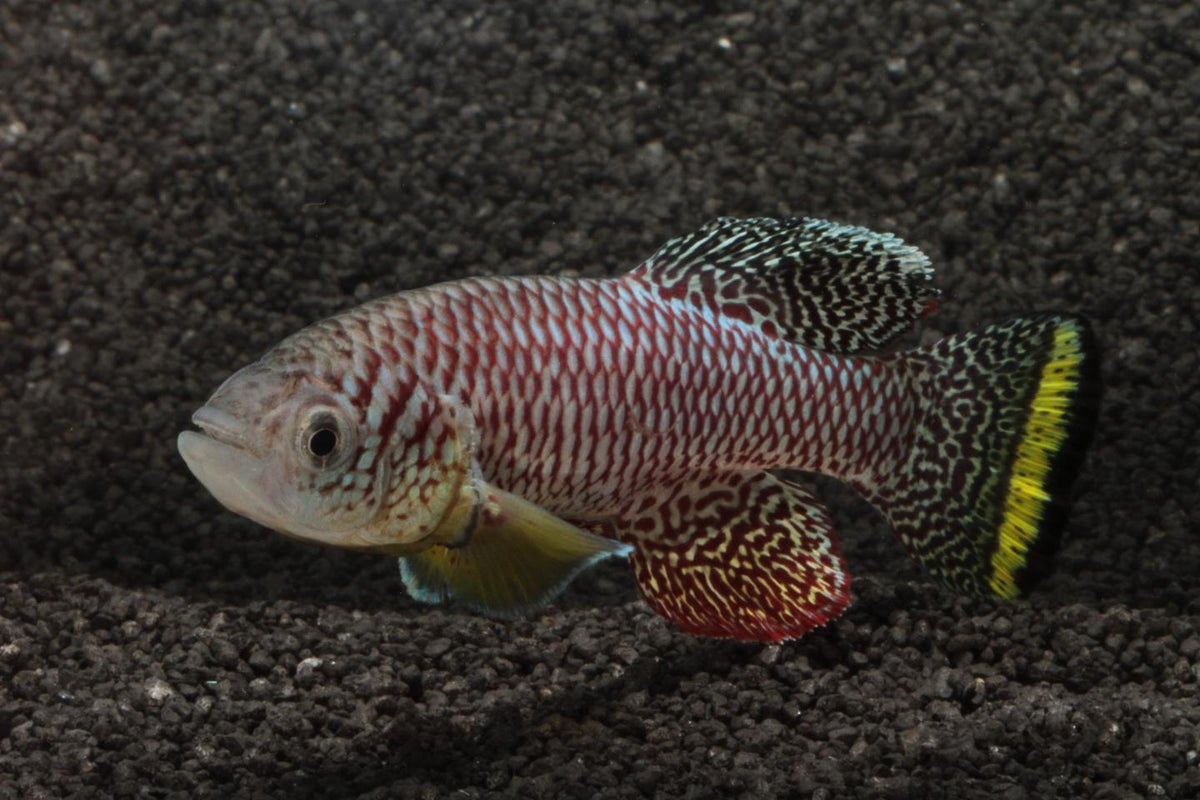
Scientists have used a “surprising” new animal model – the African killifish – to show that muscles reverse to an “early-life” state towards the end of life, an advance which may lead to reversing age-related strength loss in humans.
While previous research has shown that muscles start to waste in old age in a condition called sarcopenia, the precise reason or the mechanism by which this happens has remained elusive.
In the new study, scientists from the Australian Regenerative Medicine Institute (ARMI) at Monash University found, using what they call the “surprising” new animal model, that towards the end of life, muscles actually reverse to an “early-life” state that slows death.
The findings, published recently in the journal Aging Cell, offer clues to slowing, halting, or even reversing age-related loss of muscle mass and strength, researchers say.
They highlight that the findings also come at a critical time when the world is witnessing a dramatic increase in the prevalence and severity of sarcopenia throughout the ageing global population.
“There is a pressing need to understand the mechanisms that drive sarcopenia, so that we can identify and implement suitable medical interventions to promote healthy muscle ageing,” study co-author Peter Currie from ARMI said.
The African turquoise killifish, scientifically known as Nothobranchius furzeri, has emerged recently as a new model animal for studying ageing.
This is aided by the fact that the killifish, which live for an average of 4 to 6 months, have the shortest known life span among vertebrates bred in captivity.
Their short life span is also accompanied by symptoms of ageing seen in humans such as the appearance of cancerous lesions in the liver and gonads, reduced regenerative capacity of the limbs (fin), and genetic hallmarks of human ageing as well as shortening of the end of chromosomes.
In the new study, which is the first to use the killifish to study sarcopenia, scientists characterised the cells and molecules of its skeletal muscle from early life, aged and extremely old late-life stages.
The comparisons revealed many similarities to sarcopenia in humans and other mammals, researchers say.
They say the same signature signs of ageing are reversed during the late-life stage in humans and the killifish, “suggesting that in extremely old animals, there may be mechanisms in place that prevent further deterioration of skeletal muscle health, which may ultimately contribute to an extension of their life span”.
“Importantly, the late-life stage during which we observed improved muscle health perfectly coincides with a stage when mortality rates decline,” Avnika Ruparelia, another author of the study, said.
“We therefore postulate that the improvement in muscle health may be a critical factor contributing to the extension of life span in extremely old individuals,” Dr Ruparelia said.
Scientists also analysed the metabolism of fish at different stages of the ageing process.
They found that some features of the metabolism of the very oldest fish were rejuvenated to resemble those of young fish.
Researchers found a critical role played by lipid metabolism in this rejuvenation process.
“During extreme old age, there is a striking depletion of lipids, which are the main energy reserves in our cells,” Dr Currie explained.
“We believe that this mimics a state of calorie restriction, a process known to extend life span in other organisms, which results in activation of downstream mechanisms ultimately enabling the animal to maintain nutrient balance and live longer. A similar process is seen in the muscle of highly trained athletes,” he explained.
Scientists say the finding that potential drug interventions can manipulate metabolism linked to ageing is an exciting prospect, “especially given the social, economic and healthcare costs associated with the ever-growing aged population around the world.”







